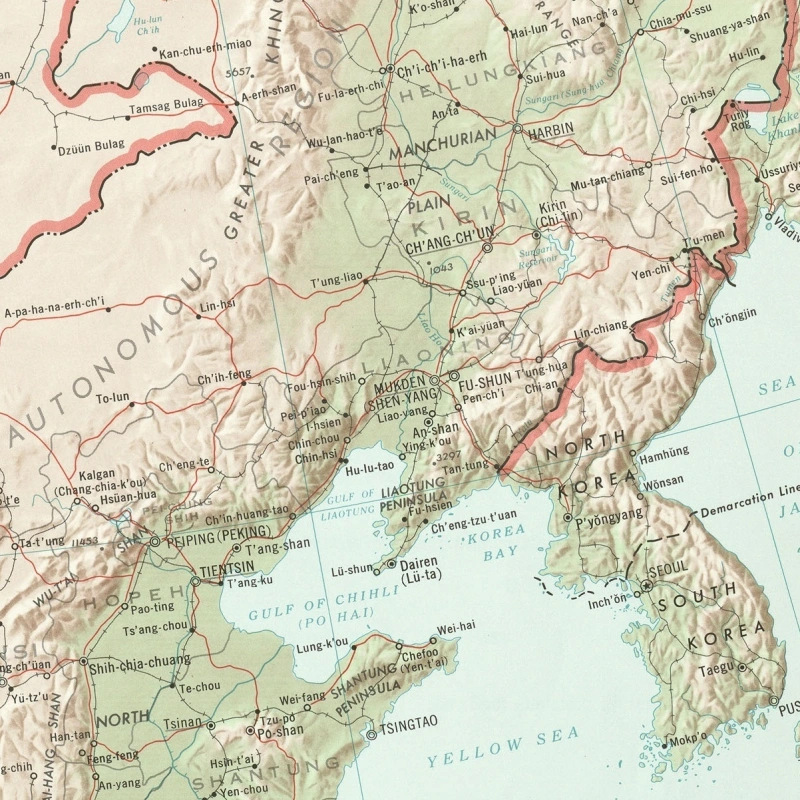State capacity is a difficult concept to make concrete: a government’s ability to do stuff is obviously important, but how to tell if it is high or low? As a useful overview over at the Broadstreet blog shows, the most common way to measure state capacity in general is to measure fiscal capacity: the government’s ability to extract revenue from the economy. This makes sense historically, as the growth over the last few centuries of governments’ ability to do things like wage wars and provide social benefits went hand-in-hand with the development of tax systems and debt markets.
For the 20th century onward, the authors suggest a more precise metric: “To measure the fiscal capacity of the modern state, we use the share of income tax revenue in total tax revenue, as the collection of the income tax calls for high administrative capacity to ensure compliance.” This is an interesting choice, as on this measure China is a real edge case. Taking a quick look at the OECD Global Revenue Statistics Database, which covers over 100 nations, here is a list of the dozen countries with the lowest share of individual income tax revenue (for China only a 2019 figure is available, the others are the average of 2015-19):
| Country | Individual income tax, share of tax revenue |
|---|---|
| Côte d’Ivoire | 0.3% |
| Bolivia | 0.8% |
| Paraguay | 1.7% |
| Antigua and Barbuda | 1.8% |
| Guatemala | 3.4% |
| China | 4.8% |
| Costa Rica | 5.7% |
| Colombia | 6.2% |
| Nicaragua | 6.3% |
| Togo | 7.0% |
| Cameroon | 7.0% |
| Mali | 7.3% |
A measure of state capacity on which China underperforms Nicaragua and Mali is probably a measure that is not capturing some important dimensions of actual state capacity. To take just some of the most obvious physical manifestations of administrative and technical ability, the governments of the other countries on this list are not operating their own rovers on Mars, or managing massive numbers of infrastructure construction projects both domestically and across borders. And whatever you think of China’s zero-Covid policies, it is unquestionable that local governments are displaying extraordinary logistical capabilities in organizing the mass testing of millions of people on short notice. The common claim that these policies demonstrate “China’s strong capacity for resource mobilization” is certainly correct (whether resources are being mobilized in the best way is another question).
Why does this measure get China wrong? To some extent, the focus on income taxes overly privileges a particular set of institutions as representing capacity. The actual structure of taxation reflects more than just administrative ability: which taxes are levied is a political decision. In recent decades, China’s government has consistently made the political decision to exempt most of the lower classes from income taxes, and to tolerate plenty of tax evasion by the upper classes.
It would indeed be difficult for China to build the administrative systems to levy a more broad-based income tax, but probably not impossible. China has, for instance, successfully administered a broad-based value-added tax for more than two decades. If you were to rank countries instead by the share of value-added taxes in total taxation, then China’s share of 30.2% would put it comfortably above the OECD average of 20.3% (and the US, of course, would be at the bottom with zero, as it has consistently made the political decision not to levy a VAT).
Nonetheless, there is still some useful information in the fact that China is an outlier in terms of this particular measure of state capacity. It suggests that the nature of China’s state capacity is different from that of your common or garden-variety Western social welfare state. The Chinese government’s ability to extract and mobilize resources does not work primarily through formal fiscal channels. It is well known that off-budget instruments like local-government land sales and the operations of state-owned enterprises are extremely important in the economy.
More broadly, both the strengths and the weaknesses of the Chinese state are tied up with its peculiar institutional structure and political heritage. China is a Leninist party-state that penetrates the private sector and civil society, operates more through political directives than formal legal instruments, and regularly undertakes mobilizational campaigns to achieve society-wide transformation. The capacity of its Leninist institutions is hard to measure precisely because they often hide behind conventional state forms, but is no less real for that.

“State capacity is a difficult concept to make concrete” is possibly true in several senses
When the top leader pays attention to and orders to tackle a problem, the whole society is moblized. When his attention shifts, slack returns. Just like law enforcement, much depends on the top leader. Does this mean that China ‘s state capacity is high?
Also, strong state capacity erodes societal capacity and, while the party-state may be strong, the society is weak.